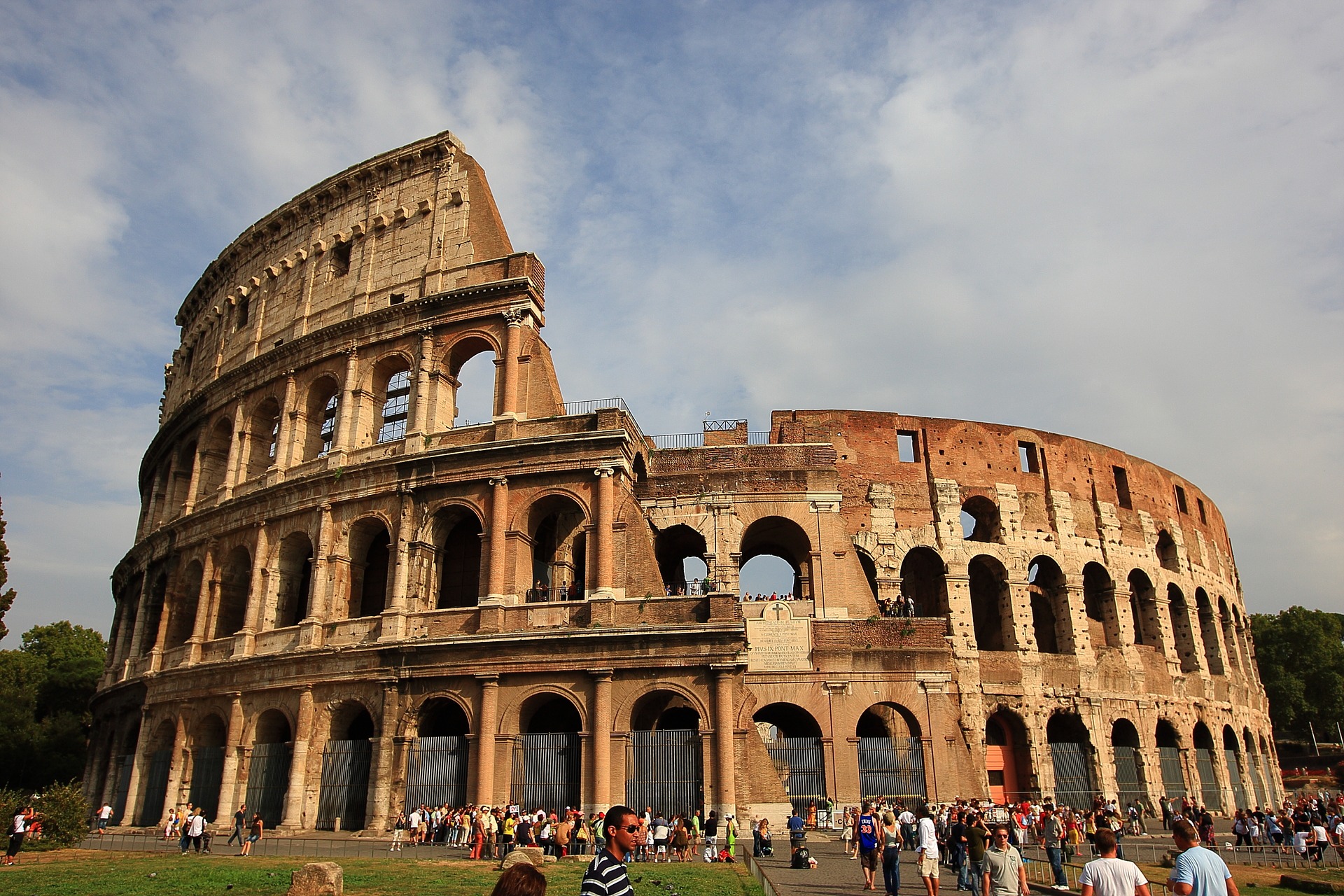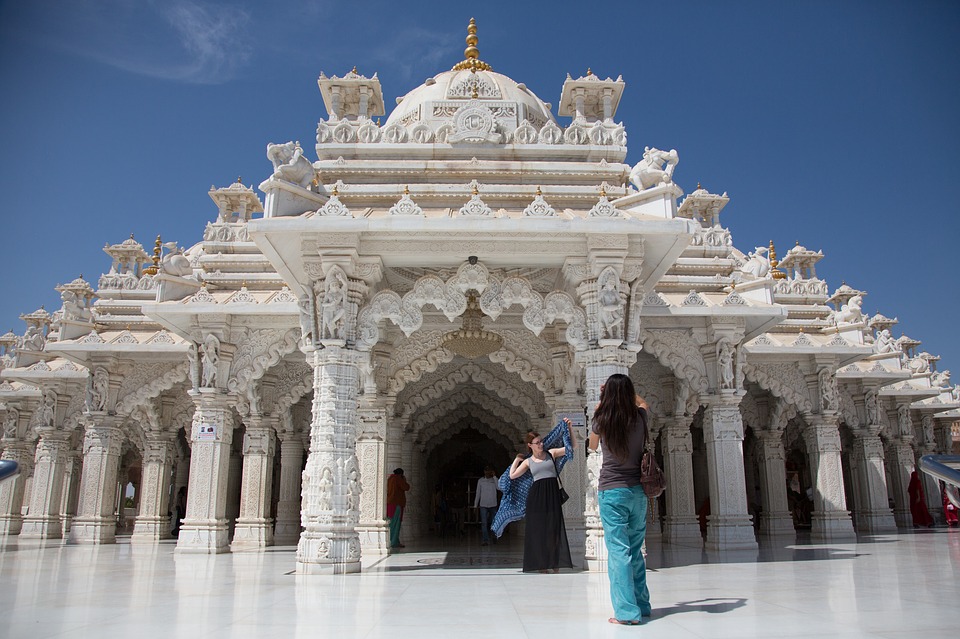Navigating the bustling streets of San Francisco on a bicycle offers both exhilarating freedom and stiff challenges. Moreover, biking amidst the steep hills, frequent fog, and heavy traffic in this iconic city is romantic and exciting.
But it requires careful preparation and awareness. Ensuring your utmost safety is crucial for every cyclist, from the daily commuter to the weekend enthusiast.
For those times when incidents do occur, knowing how to access specialized legal help for bicycle riders in San Francisco is essential. Skilled legal professionals can assist you by providing guidance and support in navigating post-accident circumstances.
They can help cyclists understand their rights and pursue compensation claims. However, this article offers the most important safety tips for riding safely in San Francisco’s unique urban setting to bring down the risks and enhance the cycling experience.
Understanding City Traffic Patterns

San Francisco’s densely packed traffic demands that cyclists be aware and concentrated, as well as understand the city’s traffic patterns.
Yes, they vary significantly by neighborhood. There are risks involved; hence, it is essential to safely navigate its streets.
However, by familiarizing themselves with peak traffic times and particularly highly congested routes, cyclists need thorough journey planning. Moreover, they must opt for quieter times or alternative paths to ensure safety.
Awareness of specific traffic challenges in different areas is an important part of safe cycling and evading accidents.
Moreover, issues like frequent stops, tight turns, and zones where vehicles tend to speed are most common in urban settings.
However, by pinpointing these potential hazards in advance, cyclists must prepare to navigate through them with utmost safety. They can also adjust their routes or timing as required.
Regular observation of these traffic conditions is a key strategy for cyclists who aim to traverse the most complex part of the urban landscape.
Besides, staying informed and responsive to the flow of city traffic not only brings down the risk of accidents but also makes cycling a more enjoyable and stress-free mode of transportation in the city.
Proper Equipment And Visibility
To ensure safety while cycling in urban environments like San Francisco, having the right equipment and ensuring visibility are crucial. Here are some key points to consider:
- Essential Cycling Equipment: Make sure that your bicycle is in excellent condition with fully functioning brakes, lights, and gear. Regular maintenance and thorough checking can help you prevent unexpected issues during your rides.
- Reflective Clothing and Lights: Wear reflective clothing. Also, make sure that your arms are equipped with clear, visible lights. This is important in early morning, evening, and foggy conditions, meaning you need them in low visibility and inclement weather.
- Additional Visibility Measures: Consider wearing reflective backpack covers and installing extra bike lights to enhance visibility from all angles. This makes you more noticeable to drivers and other road users.
- Ensure Clear Vision: Make sure your cycling path is well-lit and that your helmet does not obstruct your peripheral vision. Seeing clearly is just as important as being seen.
- Use of Mirrors: Install mirrors on your bike to keep an eye on traffic behind you. This adds an extra layer of safety, allowing you to monitor your surroundings without constantly turning your head.
Riding Etiquette And Lane Positioning
In an urban setting, riding etiquette is not just courteous; it’s crucial for safety. This includes signaling turns well in advance, using bike lanes where available, and always being mindful of pedestrians and other vehicles.
Maintaining a consistent position in the lane also makes cyclists more predictable to drivers, reducing the risk of accidents.
Cyclists should avoid riding too close to parked cars to steer clear of the “door zone,” where unexpected opening of car doors can cause serious accidents.
When bike lanes are unavailable, riders should feel empowered to take the full traffic lane when necessary, especially in narrow lanes where cars cannot safely pass.
Navigating Intersections And Turns

Due to complex turning patterns and multiple traffic movements, intersections are hotspots for bicycle accidents.
However cyclists should approach all intersections with heightened caution, making eye contact with drivers and ensuring they come uncer the vision when proceeding.
When turning left, it’s safest to use designated turn lanes, mimicking the behavior of motor vehicles to ensure predictability and visibility.
In addition, they must be aware of the stop signs and lights. Moreover, cyclists should position themselves prominently in the lane to avoid overtaking by other vehicles.
They should also be particularly wary of vehicles making right turns across the bike lane and always watch for pedestrians crossing at intersections.
Dealing With San Francisco’s Unique Topography
San Francisco’s hills can pose a significant challenge to cyclists, especially when descending at high speeds. It is crucial to adjust speed appropriately and use gears effectively to manage steep inclines and declines.
Braking steadily and early before making turns can prevent loss of control on downhill slopes.
In foggy conditions, which are common in certain areas of the city, extra caution is necessary.
Reduced visibility means cyclists should slow down and use lights even during the day to ensure they are visible to other road users. Fog can also make roads slippery, so reducing speed and avoiding sudden turns or stops can help maintain control of the bicycle.
Staying Informed About Road Conditions

Staying updated with real-time road conditions can greatly enhance cycling safety. This includes being aware of construction zones, temporary road closures, or special events that might affect usual routes.
However, mobile apps and local cycling blogs can provide timely updates and alternative route suggestions.
Regularly checking the condition of the roads you is also wise. It is becauses potholes, cracks, and uneven surfaces are more common in a city with heavy traffic. Reporting hazardous conditions to city authorities not only helps you but also improves safety for the cycling community at large.
Legal Awareness And Rights As A Cyclist
Every cyclist should be knowledgeable about their legal rights and the traffic laws that pertain to bicycling in San Francisco. Understanding what to do in the event of an accident—including whom to contact, how to document the scene, and the importance of obtaining witness information—can be crucial.
In case of an accident, it’s important to seek appropriate medical attention and legal advice promptly.
Knowing how to access resources and legal support promptly can make a significant difference in the resolution of any claims or legal issues that may arise from cycling accidents.
Hence cyclists who have good information about the road help them to ride with confidence and assert their rights effectively.
How Can A Lawyer Help In Bicycle Accidents?

Bicycle accidents have become common in the urban landscape in San Francisco and other states in the USA. Yes, you got it right. Biking in San Francisco is fraught with risks.
It’s one of the most unfortunate events that disrupt lives on different scales, depending on the intensity of the injury.
The number of people who do not understand the strict traffic laws that the concerned authorities in respective states enforce seems to be increasing.
However, if we take the example of Florida alone, in the year 2023, 7158 accidents were reported. It is indeed a matter of grave concern. Moreover, in Duval County alone, the authorities reported 282 bike accidents.
Hence, under the critical phase, the lawyer, besides the doctor, involvement becomes more pronounced. An attorney can benefit you in different ways. So let not further ado and learn about the help that one can receive from the bicycle accident lawyer.
They Listen To Your Case And Provide You with a Realistic Picture
There are risks involved while biking in San Francisco. Hence, if you reach an attorney after having been involved in an accident, the lawyer will listen to you patiently. Moreover, they can help you provide a somewhat realistic picture of what you may expect from the case…mainly in terms of compensation.
Proving Liability
If you met with an accident while biking in San Francisco, you must, without hesitation, consult a bona fide legal professional. They can help you out in such a grave exigency.
However, besides telling you about your opportunities for compensation, the first step on which they work is proving liability.
They have to prove in court that you are not the responsible individual but the victim of the incident. That’s the first step in opening the path to compensatory damages.
Defend You Against Liability Claims
It may be that another individual suffered injuries due to your fault. This is another side of the coin while biking in San Francisco.
As a result, they may file a claim or lawsuit against you for receiving the compensation. However, bicycle accident lawyers are well-trained.
They thoroughly study all the evidence, such as the witness statement and also the video surveillance in order to try and prove you are not liable for the independence.
Dealing With Insurance Companies
If the injury is serious enough, then in this case, the insurance company may try to use its tactics to deprive you of your exact compensation.
At that time, you may need the help of bicycle accident lawyers. They communicate with the insurance providers and ensure that you receive the highest amount of compensation.
Conclusion
Driging on the difficult terrain in San Fransisco’s urban landscape is challenging. Moreover, there are risks and uncertainties in injury galore.
However, one must get the help of bicycle accident lawyers after an accident. They are trained, and they use their experience to help clients receive maximum compensation.













